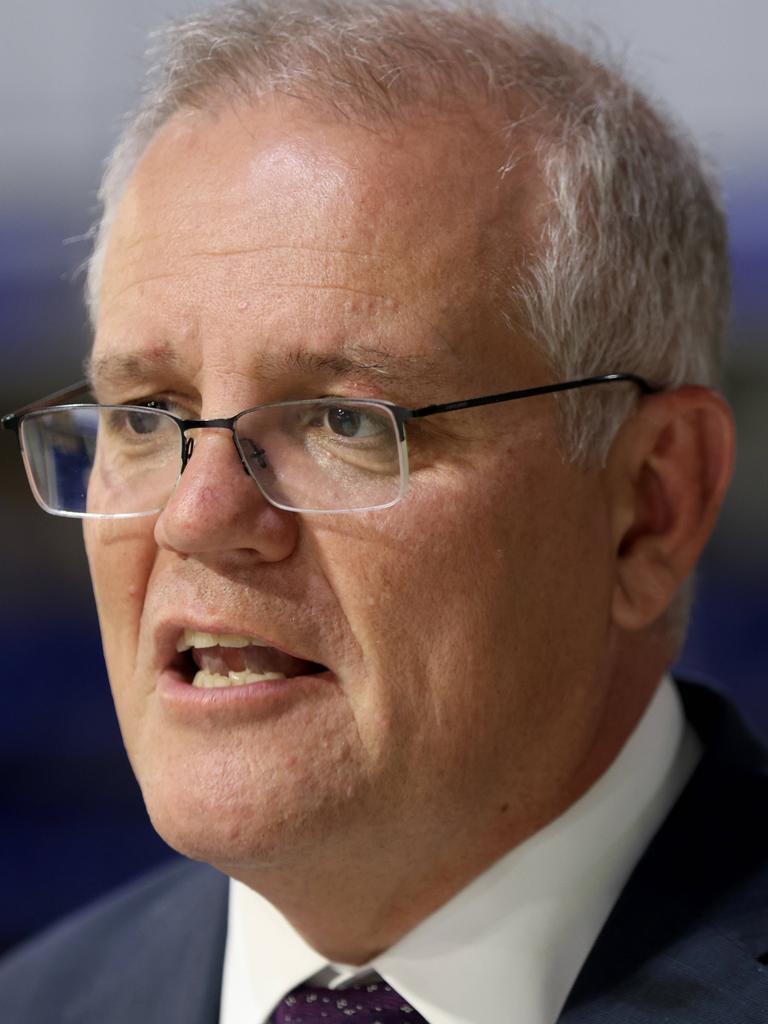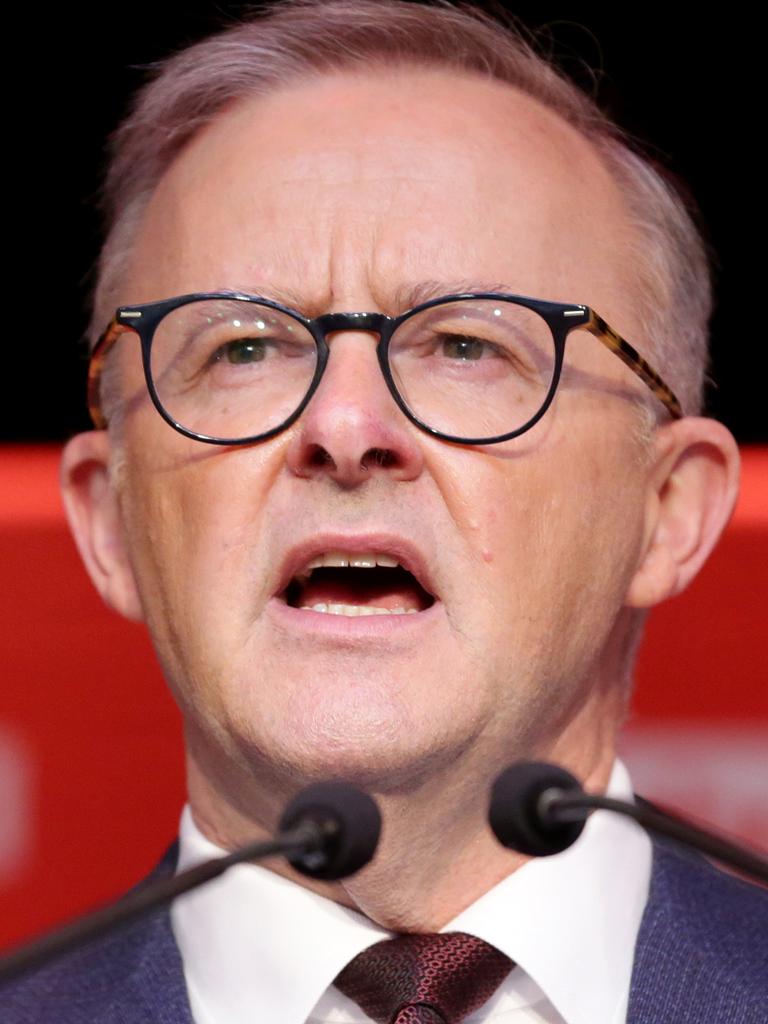State of the Nation survey shows support for Coalition has dropped but there’s also bad news for Labor
The Coalition’s vote is down but there’s one figure that holds a warning for Labor leader Anthony Albanese as election day looms.
While most polls are showing Labor is headed for a landslide victory, one unknown factor could again prove experts wrong and deliver a nightmare scenario for the party.
Back in 2019, many were confident Labor would romp into government under the leadership of Bill Shorten — only for voters to hand victory on election night to Scott Morrison instead.
Ahead of the 2019 election being called news.com.au’s State of the Nation online survey found 31 per cent of readers intended to vote for the Coalition, with Labor’s support at 26 per cent, while 21 per cent were undecided.
HAVE YOUR SAY: What is your biggest concern before the Federal Election? Take part in our State of the Nation survey
Fast forward three years and the most recent survey taken this year prior to the release of the federal budget, shows support for the Coalition has dropped by 5 per cent, to 26 per cent.
However, the survey also shows support for Labor has barely budged, dropping slightly to 25 per cent.
Another key figure is the number of undecided voters, and this has remained unchanged, at 21 per cent.
In the wake of 2019’s result many analysts suggested the number of people who make up their minds at the last minute — some even waiting until they’re holding a pencil in their hands — may be one reason the polls did not correctly predict the winner at the last election.
A report on the 2019 election result Predicting the Unpredicted from the Australian National University, noted that loyalty to specific parties has declined over time, with the proportion of voters who say they always vote for Labor or Liberal declining since the 1960s.
In 2019, the proportion of voters who did not align with a political party actually reached a record high of 21 per cent. This has made the votes of Australians harder to predict.
Another factor has been the rise of independents and smaller parties.
More Australians are choosing not to vote for the major parties and this means their preferences increasingly have the power to decide the result.
This year’s State of the Nation survey, which gauged the views of about 7000 readers between March 7-30, found 27 per cent intended to vote for smaller parties.
This is higher than in the 2019 survey, which found 22 per cent were looking to vote for other parties, although fewer parties were listed for people to select.


This year support for The Greens appears to be lower, dropping from 8 per cent, to 5 per cent. One Nation’s vote also appears to have dropped from 6 per cent to 5 per cent.
But support for the United Australia Party increased from 2 per cent, to 4 per cent, while voters intending to vote for the Liberal Democratic Party increased from 1 per cent, to 3 per cent.
A range of about 20 other smaller parties each got under 1 per cent of the vote.
Australia Institute executive director Ben Oquist said pollsters generally allocated the undecided vote proportionally — but they could break differently on election day.
“There is some suggestion that the undecided vote broke strongly in favour of the Coalition in 2019 and that was part of the polling failure that happened in 2019,” he told news.com.au.
However, while the undecided vote could be important, Mr Oquist said the preferences of smaller parties were also important and they may not flow as strongly to the Coalition this time.
He said the Coalition’s vote had been helped by preferences from One Nation and United Australia Party in 2019, but this may not be as strong in 2022.
“Both parties have run on strong anti-vax mandate (messages), which are aimed against the Federal Government as much as the state governments,” Mr Oquist said.
While these parties can suggest where voters should send their preferences, Mr Oquist said it was important to remember voters could make up their own mind about this.
“Preferences are their choice, no matter what the party recommends.”
ScoMo still preferred PM but most disapprove of him
When it comes to the preferred prime minister, Scott Morrison managed to stay ahead of Anthony Albanese, with 38 per cent voting for the PM — although the Opposition Leader was not far behind on 36 per cent. About 26 per cent nominated “other”.
There was however, a figure that should put Mr Morrison on notice.
More than half of those surveyed disapproved of Mr Morrison’s performance as prime minister, with 19 per cent saying they disapproved, while 33 per cent said they “strongly disapprove”. About 18 per cent were neutral and only 30 per cent approved.
In contrast, only 42 per cent disapproved of Mr Albanese’s performance as opposition leader, with 22 per cent of these strongly disapproving.
However, only 23 per cent approved of Mr Albanese’s performance and 35 per cent were neutral.
According to an Ipsos poll taken just after the delivery of the federal budget, Labor has a two-party preferred lead of up to 10 points (55 per cent to 45 per cent).
Newspoll has also put Labor ahead (54:46) — a lead of eight points.






